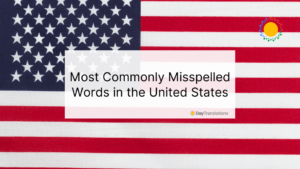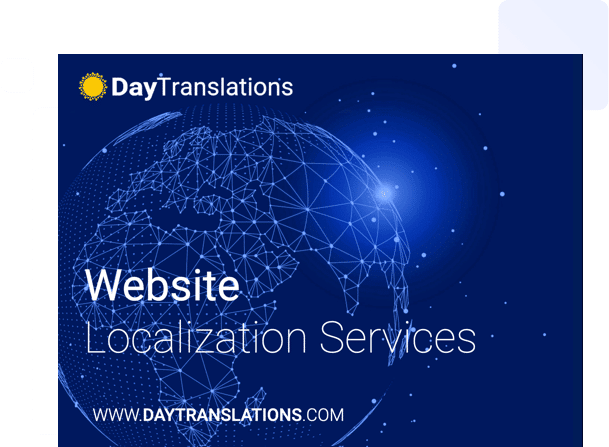iWelcome back to The Language Classroom! Last time, we explored the thrilling connection between sports and language. This week, we’re turning up the volume to explore how music connects languages and how language, in turn, shapes music. From multilingual lyrics to rhythmic patterns that transcend borders, music has always been a powerful tool for communication and cultural exchange.
Music Connects Languages and Forms a Global Dialect
They say music is a universal language, and for good reason! Even if you don’t understand the lyrics of a song, the emotions conveyed through melody, rhythm, and harmony can speak volumes.
- Opera and Classical Music – Despite being sung in Italian, German, or French, opera has captivated audiences worldwide for centuries, proving that emotion transcends words.
- Instrumental Music – Genres like jazz, electronic, and classical can express deep emotions without a single word, showing that communication goes beyond language.
- Music in Film – Soundtracks evoke emotions and enhance storytelling, regardless of the listener’s native tongue.
Multilingual Songs and Code-Switching in Music
Many songs effortlessly switch between languages, blending cultures and showcasing linguistic diversity.
- K-pop’s global takeover – Korean pop music (K-pop) often mixes English and Korean, making it accessible to an international audience.
- Reggaeton’s Spanish influence – Artists like Bad Bunny and J Balvin bring Spanish-language music to the global stage, with fans singing along worldwide.
- Franglais, Spanglish, and beyond – Songs that mix languages, like Shakira’s Spanish-English hits or Stromae’s French lyrics with African influences, reflect real-life multilingual communication.
These songs don’t just entertain—they expose listeners to different languages and encourage cross-cultural understanding.
Is Music One of the Greatest Language Learning Tools?
Ever learned a foreign phrase from a song? You’re not alone! Music makes language learning more engaging and effective.
- Catchy lyrics aid memory – Repetitive choruses and rhymes help reinforce vocabulary and pronunciation.
- Cultural immersion through music – Listening to songs in another language provides insight into cultural expressions, slang, and idioms.
- Examples of learning through music – Many non-English speakers have improved their English skills by listening to The Beatles or Taylor Swift, just as English speakers pick up Spanish from Luis Fonsi’s Despacito.
Music Connects Languages AND Preserves Them!
Melody plays a crucial role in keeping endangered languages alive. Indigenous communities, folk musicians, and modern artists use songs to preserve and share their linguistic heritage.
- Indigenous chants and songs – Many Indigenous groups use music to pass down stories and traditions, ensuring their language survives.
- Folk music as cultural storytelling – Songs in regional dialects preserve history, from Celtic ballads to African griot traditions.
- Modern revival movements – Artists like A Tribe Called Red (blending Indigenous music with electronic beats) or Sho Madjozi (popularizing Tsonga rap) help bring minority languages into mainstream media.
Wrapping Up
Music and language are deeply intertwined, shaping and influencing each other in powerful ways. Whether it’s multilingual lyrics, music as a learning tool, or the role of melodies in preserving languages, the connection between sound and speech is undeniable.
Next week, The Language Classroom will explore how body language and gestures influence communication across cultures! Stay tuned!











Sorry, the comment form is closed at this time.